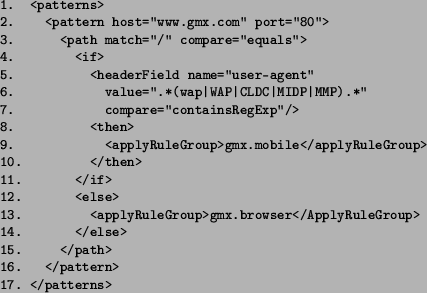Figure 3.3 shows the HTTP-request pattern specification for the main GMX
web page. Note that the web server and the port of interest are specified on line
2 and that the URL is specified on line 3 (in our example, the pattern is
only valid for the start-page of the web site). If desired, wildcards can be used for the
specification of URL-patterns.
The pattern specification in Figure 3.3 tells FOXY to apply the rule group
(i.e., a collection of transformation rules) gmx.mobile whenever a WAP-enabled
client accesses the main GMX page (see lines 4-11). Then, the User-Agent HTTP-header
field is checked (regular expression) to see if the request contains either wap, WAP, CLDC, MIDP
or MMP. If, however, the User-Agent field does not match, FOXY will
apply the transformation rule group named gmx.browser (line 13).
The header field's name is checked in non-case-sensitive manner (i.e., ''user-agent'' and ''User-Agent''
are handled equally).
Figure 3.3:
The HTTP-request pattern for the URL http://www.gmx.com/
 |
root
2006-05-22